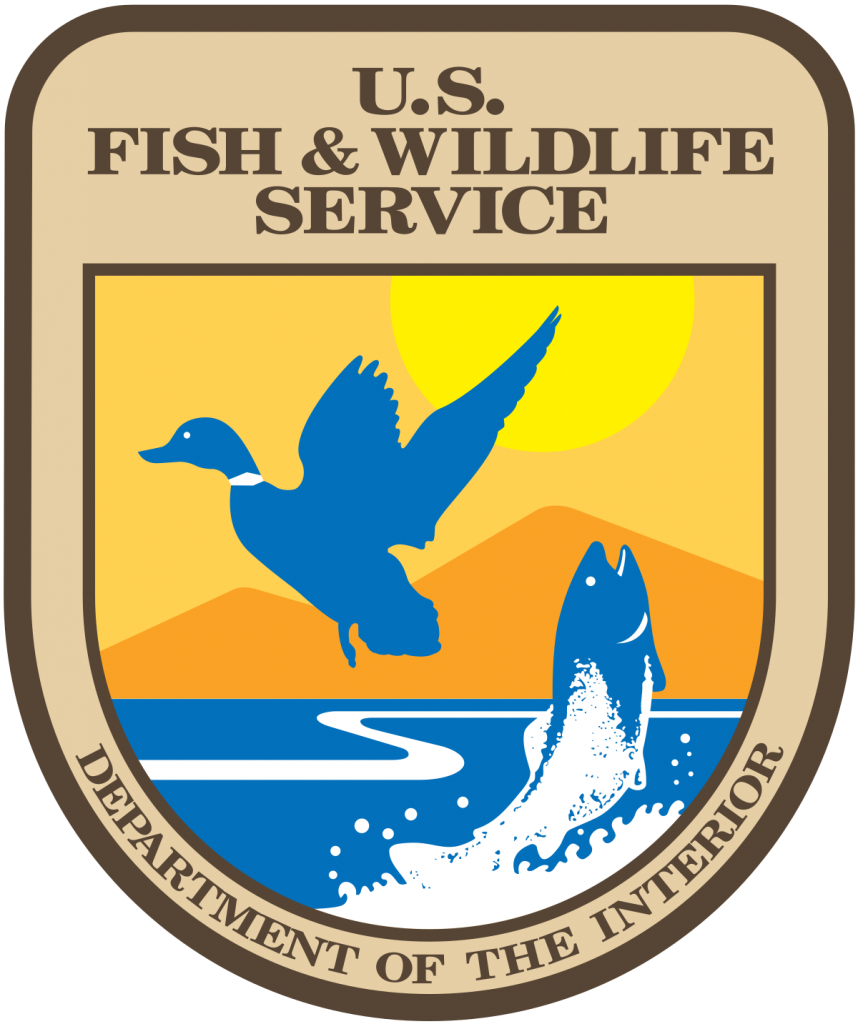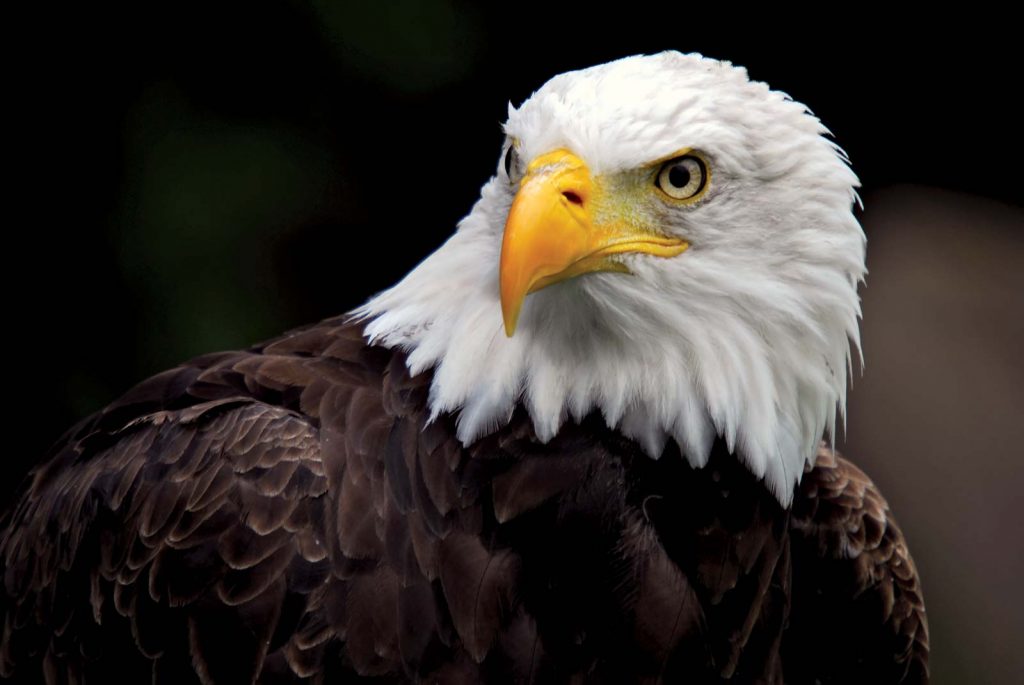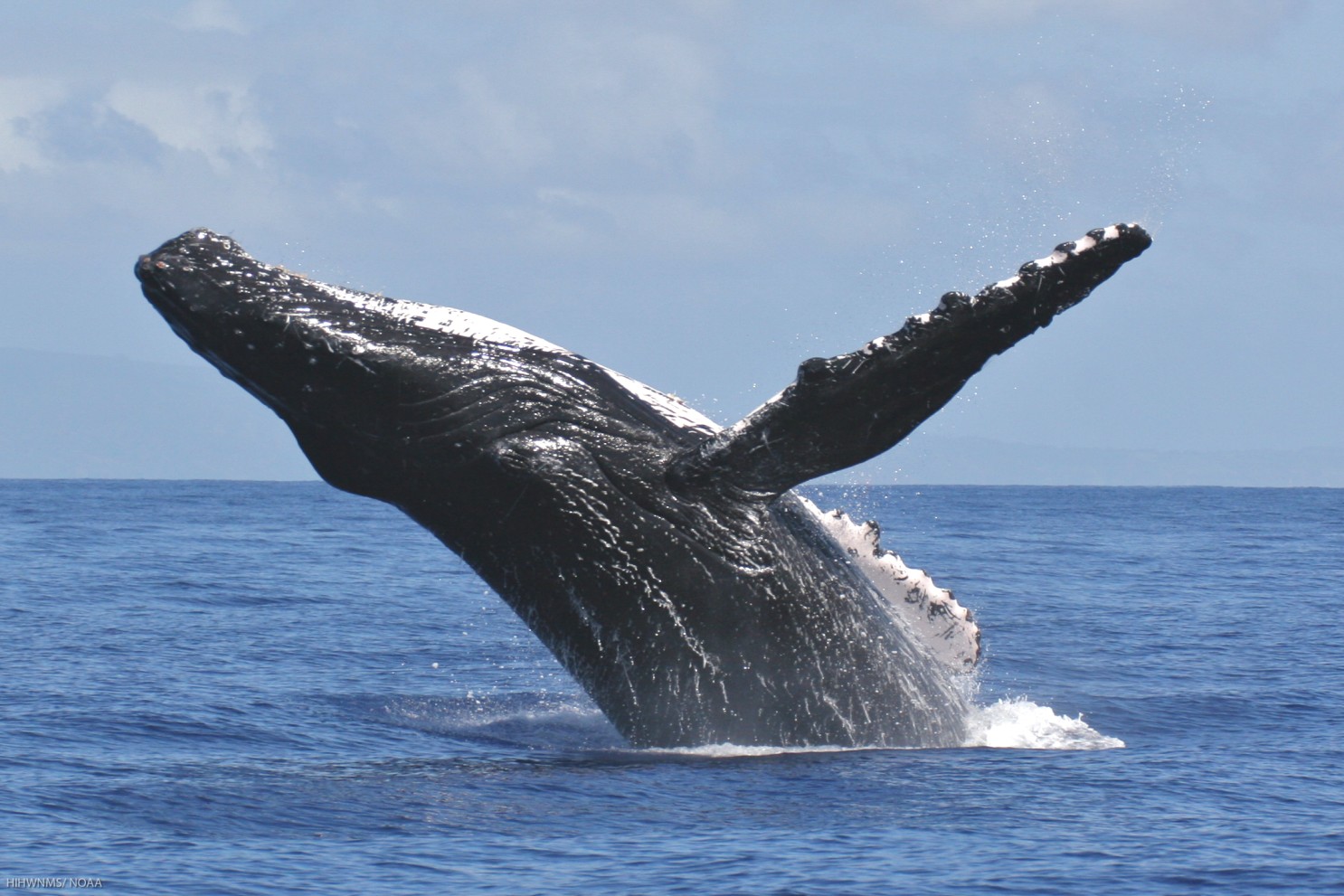
Biodiversity is the number and variety of different species found in a place or ecosystem. The United States is full of all kinds of different animals, plants, bacteria and fungi, and a lot that can’t be found anywhere else in the world! But, many of them are in danger. A huge number of these organisms are threatened with extinction, and it’s up to us to help them survive.
Why do we need biodiversity?


The Endangered Species Act
Through the middle of the 20th century the U.S. began to recognize that the nation’s biodiversity was important, and that much of it was facing extinction. So, in 1973 Congress passed the Endangered Species Act, in order to protect many of these threatened species and the habitats they depend on.4https://www.fws.gov/endangered/esa-library/pdf/ESA_basics.pdf The Act is considered to be the most comprehensive piece of conservation legislation in the world.5Tennessee Valley Authority v. Hill. 437 U.S. 153 (1978) It both defined what it means for an animal to be endangered or threatened, and defined a program of conservation that agencies can follow to protect species. The U.S. Fish & Wildlife Service holds most of the responsibility for regulating endangered species, along with a few other federal agencies. Here are the FWS’ definitions of ‘endangered’ and ‘threatened’.
Endangered: Any native or once-native species of animal whose continued existence is in jeopardy throughout all or a significant portion of its habitat range.
Threatened: Any native or once-native species of animal that is likely to become an endangered species throughout all or a significant portion of its habitat range.6https://www.fws.gov/endangered/esa-library/pdf/ESA_basics.pdf

The ESA prohibits the “taking” of any listed animal. To “take” is defined as: “to harass, harm, pursue, hunt, shoot, wound, kill, trap, capture, or collect or attempt to engage in any such conduct.”7https://www.fws.gov/endangered/esa-library/pdf/ESA_basics.pdf The FWS is the chief enforcer of these rules. On top of protecting the species from further harm, the Act also protects their land by allowing land to be designated as “critical habitat” for these species’ survival. Hundreds of millions of acres of land are now protected, and species with protected land recover twice as fast as those without. The FWS works with states and private landowners to implement conservation programs that work with everyone’s interests, and they have a wide variety of tools to create the solutions animals need. Since its passing, the Endangered Species Act has been considered to be very effective. Although there’s a large number of animals that remain on the list, 99% of listed species since 1973 were protected from extinction! More than 100 species throughout the United States have shown a 90% recovery rate with ESA conservation programs.8The Endangered Species Act: A Wild Success. Accessed April 20, 2020. https://www.biologicaldiversity.org/campaigns/esa_wild_success/.
Some Endangered Species Act Success Stories

The Bald Eagle, the symbol of our nation, almost went extinct in the 1950s. They were degraded by habitat loss, illegal hunting, and the poisoning of its food supply through use of the pesticide DDT. There were only 700 breeding pairs by its listing in 1973.9Service, U.S. Fish and Wildlife. “Bald Eagle Breeding Pairs 1963 to 2000.” Official Web page of the U S Fish and Wildlife Service. Accessed April 22, 2020. https://www.fws.gov/midwest/eagle/NestingData/countatdelist.html. Since then, habitat protection under the ESA and banning of the chemical DDT led to its flourishing. The number of breeding pairs reached 9,000 by 2007, and it was then de-listed.
Alligators are key species in wetlands and swamps. They are top predators, and by reducing small mammal populations they make sure the vegetation isn’t over-consumed. The ‘gator holes’ they make are also important habitats for all kinds of plants and animals. Extreme hunting and habitat loss led to its near-extinction in the 20th century, and people thought it would never recover. But expansive conservation efforts have completely rebounded the species, and it was de-listed in 1987.10https://www.fws.gov/uploadedFiles/American-Alligator-Fact-Sheet.pdf

These species are all tied to intricate webs of life serving purposes beyond their mere existence.
National Geographic
Just a few more of the animals saved from extinction by the Endangered Species Act!

Humpback Whale 
Brown Pelican 
Black-Footed Ferret 
Gray Wolf 
Whooping Crane 
Monito Gecko 
Grizzly Bear 
California Condor 
Southern Sea Otter 
Leatherback Sea Turtle 
Catalina Island Fox
What can you do?
- Visit your nearest national park or wildlife refuge – These protected areas are the last sanctuaries of so much important wildlife. Go for a hike, take photos, and connect with nature so that you feel more strongly for its preservation.
- Plant native plants in your backyard – The best thing you can do for your local animals is planting native flora that they need to survive. You can provide them with food and shelter, and your yard will look better too!
- Be a responsible consumer – Animals lose their habitats because of harvesting for resources that go into the products we use every day. Shop for items that are sustainably sourced, pesticide-free, or support species conservation causes.
- Contact your state senator or representative – Congress and the current administration continue to threaten the Endangered Species Act. Call your local government and let them know you support the Act and expect them to defend it.
Iwantabadgeicravevalidationiexistonlyinothersthankyouverymuch
Things i learned was that it is estimated that there is over 8 million species on earth also that around 1/3 of species are currently threatened with extinction.
One thing I learned about biodiversity is that gators are top predators for reducing small mammal to make sure the vegetation isn’t over-consumed.